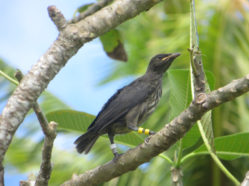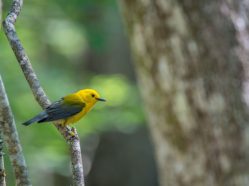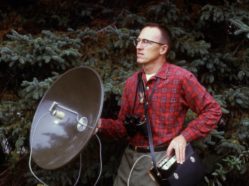Welcome to the New AOS Fellows, Honorary Fellows, & Elective Members
At our annual meeting each year, we officially welcome the new classes of Fellows, Honorary Fellows, and Elective Members of AOS. Individuals are elected to these special membership classes in recognition of their contributions to ornithology and to AOS. Congratulations to the newest members of these honored groups, who were voted in at our 2019 annual meeting …





